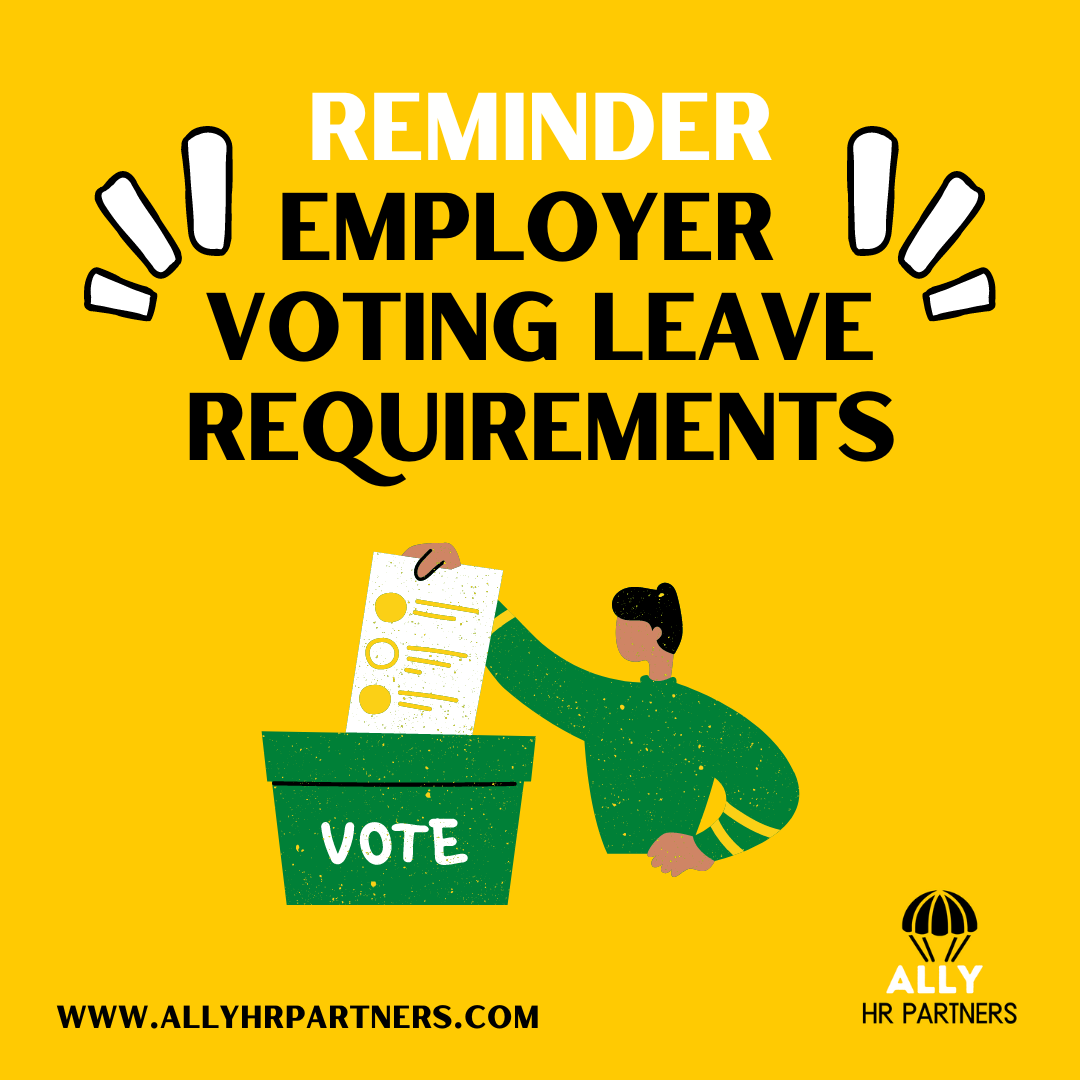
Stay updated through our social…
or our specialty content, curated just for you…

No Tax on Tips Act — An Employer’s Guide
Congress has passed the No Tax on Tips Act, giving eligible tipped employees a major new tax break. Even though the tax break is for employees, it has important implications for employers. Read our guide on needed and suggested actions to prepare your business.

Attendance Accountability Guide with NYS Paid Sick Leave
Attendance is one of the lowest-hanging fruits in performance management — and one of the most ignored. Shifting the norms around attendance can be done through establishing clear policies that work for your business, training your managers on the necessity and methods for using them, and then providing the tools and support to do so.
One complicating factor in doing this is NYS Paid Sick Leave which requires some absences to be protected from such accountability efforts. This guide helps you navigate this nuance in your construction and implementation efforts of attendance policies.

How to Conduct an I-9 Audit
Audits of employers’ I-9 documents are expected to rise as part of a national crack down on illegal immigration. To make sure you are prepared, follow these steps to make sure your documents are ready!

Exempt vs. Non-Exempt Status (Updated for 2025)
With this being such a high-risk area of wage and hour compliance, do you know how to properly classify and pay your employees?


2025 HR Checklist
There were many updates to employment requirements in 2024, many of which go into place with the start of the new year.

Reminder: Voting Leave Requirements for Employers
Employers may be required to provide paid time off to some employees to vote. Find out what your requirements are here before election day comes.

Non-Competes Now “Non-Legal”
Update: As of August 20th, 2024, this ruling has been temporary struck down by a Federal court. For the time being, there is no need to comply with the original ruling. We encourage to you check back or follow us for updates.

Significant 2024 Employer Updates
April 2024 has all the sudden been a very bad month for employers, especially in NYS. The Federal salary (overtime) minimum has been set and goes in place in July 2024, on top of new NYS paid time off requirements. We break the down here.

Travel Time: When you must pay employees.
When it comes to time traveling, there are many rules about when the time is considered “compensable” according to the FLSA and needs to be recorded and paid in an employee’s regular weekly wages.





